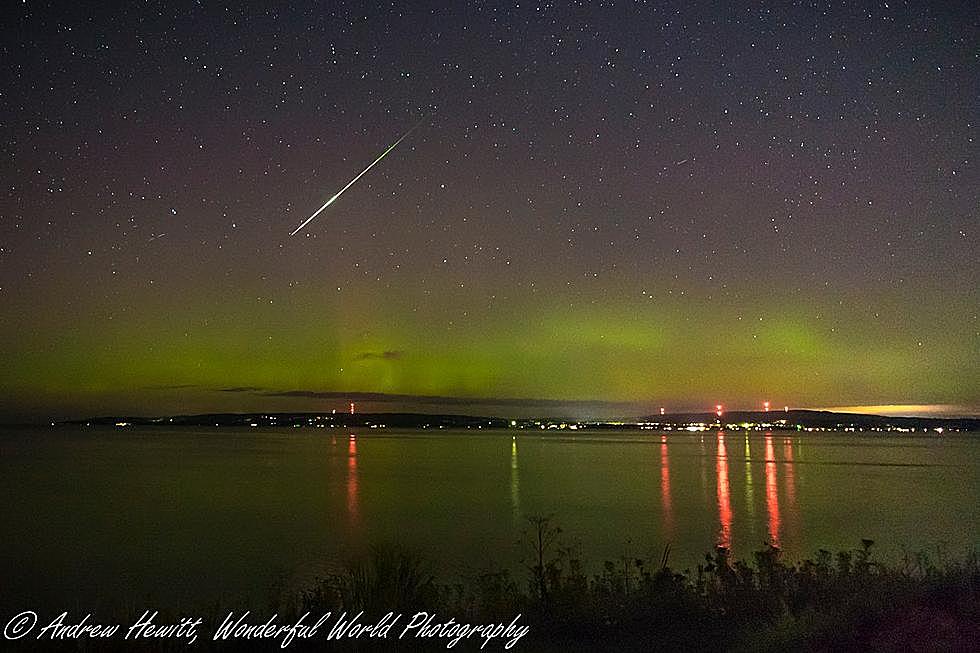
World Record Waterspout Outbreak Set In The Great Lakes
A world record waterspout outbreak took place in the Great Lakes with an unbelievable 240 waterspouts confirmed.
The Great Lakes have set a world record. The International Centre for Waterspout Research has confirmed the highest number of waterspouts/funnels ever recorded took place recently over the Great Lakes during a 7-day period from September 28 to October 4.
It has now been confirmed that an unbelievable 240 waterspouts/funnels were recorded during this period The new record breaks the old record of 88 spouts that took place from August 16-18 of 2020. The events related to this recent outbreak were reported over every single Great Lake, with the majority occurring over Lake Erie.
A group fishing near Port Bruce, Ontario on Lake Erie happened to capture an impressive example during the record-setting outbreak.
Warning: the video below has language that may not be suitable for younger viewers
According to the National Weather Service (NWS) and the National Oceanic and Atmospheric Administration (NOAA), a waterspout is defined as a whirling column of air and water mist. The belief that a waterspout is nothing more than a tornado over water is only partially true. The fact is, depending on how they form, waterspouts come in two types: tornadic and fair weather.
Tornadic waterspouts generally begin as true tornadoes over land in association with a thunderstorm and then move out over the water. They can be large and are capable of considerable destruction.
Fair weather waterspouts, on the other hand, form only over open water. They develop at the surface of the water and climb skyward in association with warm water temperatures and high humidity in the lowest several thousand feet of the atmosphere. They are usually small, relatively brief, and less dangerous. The fair weather variety of waterspout is much more common than the tornadic.
Waterspouts generally occur in northern Michigan during August, September, and October when Great Lakes water temperatures are at their warmest point of the year. Waterspouts form when cold air moves across the Great Lakes resulting in large temperature differences between the warm water and the overriding cold air. Waterspouts generally last from about two to twenty minutes and move along at speeds of 10 to 15 knots.
More From WBCKFM









